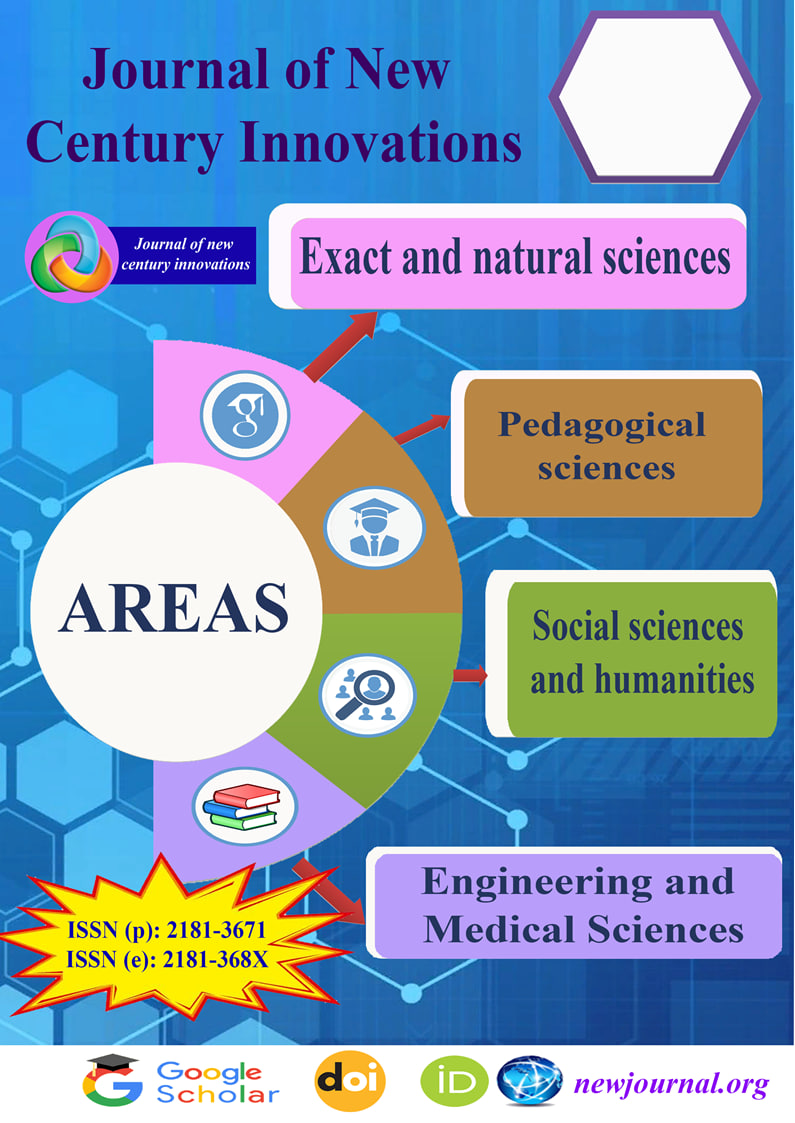THE GRAPHIC METAPHOR
Keywords:
Keywords: Metaphor Relevance theory, conceptual upload, ad hoc concepts, ad hoc pointers, visual-conceptual interface.Abstract
Abstract: Creative conceptual upload of conceptual aspects related to images. The prototype encyclopedic referent connected with the source picture does not appear to have any conceptual properties that the author wants the reader to apply to the referent associated with the target image. Similar to emergent qualities in spoken metaphors, these conceptual elements are not stable in the traditional referents but rather develop as part of the reader's relevance-seeking interpretation process. The form of ad hoc concept generation for linguistic metaphors, is appropriate for this sort of conceptual upload. The reader will take into account encyclopedic elements that don't immediately relate to the goal image's referent. In the third scenario, a significant adjustment of the features is necessary, and only by losing their stability can they be applied to the new referent. In the first two cases, the features were minimally adjusted to include the new referent while maintaining their conceptual quality. Consequently, one or more of these features will inevitably need to be adjusted in order to be attributed to the referent associated with the target image. As a matter of fact, a thorough process of adjustment is necessary since the emergent features that arise are not immediately relevant to the objective. This metaphorical attribute of the boss appears during interpretation since our understanding of bulldozers does not include information about their being obstinate or impolite. To put it briefly, the hearer can choose to begin with the presumption that bulldozers are machines that are used to clear obstructions out of the path. The boss is not immediately affected by these. According to cognitive linguistics, there is an underlying conceptual metaphor—THE MIND IS A MACHINE—that explains this metaphor.[1:90]
References
Barthes, Roland 1977 Image, Music, Text. London: Fontana.
Carston, Robyn 2002 Thoughts and Utterances: The Pragmatics of Explicit Communica-tion. Oxford: Blackwell.
Cavanagh, Patrick 1998 Top-down processing in vision. In Encyclopedia of Cognitive Sci-ence (MITECS). Cambridge, MA: MIT Press. El Refaie,
Elisabeth 2003 Understanding visual metaphor: The example of newspaper car-toons. Visual Communication 2 . This vol. Metaphor in political cartoons: Exploring audience responses.
Fauconnier, Gilles, and Mark Turner 1998 Conceptual integration networks. Cognitive Science.
Fodor, Jerry 1983 The Modularity of Mind. Cambridge MA: The MIT Press.
Forceville, Charles 1996 Pictorial Metaphor in Advertising. London/New York: Routledge. 2005 Addressing an audience: Time, place, and genre in Peter van Straaten’s calendar cartoons. Humor 18

